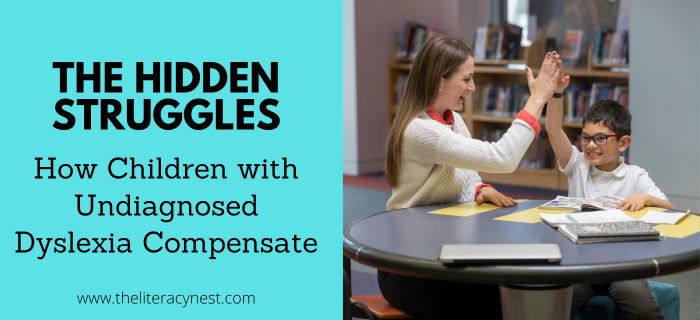Tools for Reading with Dyslexia at Home
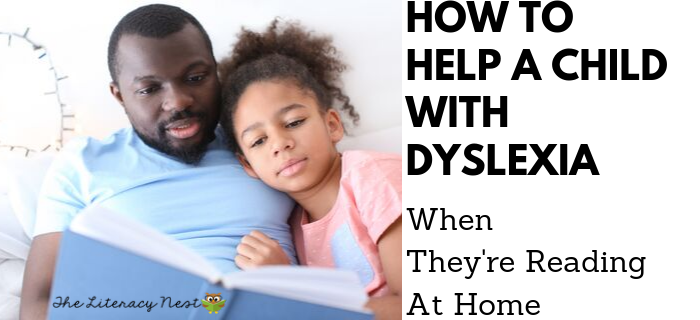
It is easy to feel overwhelmed about how to help your child practice their reading, especially when they have dyslexia. There are a few simple tools for reading with dyslexia that can help make time spent reading with new readers more productive, less frustrating, and happier for you and your child.
First and foremost, don’t stop reading to your child. It is very important for dyslexic readers to be able to listen to and enjoy the books that their peers are reading. A great tool for dyslexic students is listening to audiobooks in the car or reading popular “chapter books” as bedtime stories. These are a great way to help your child build vocabulary and comprehension and to be able to share literary experiences with their friends.
Check out these tools for reading with dyslexia:
- Set the stage for success.
Choose a time to have your child read when he or she is awake and alert and has a full belly. It is difficult for them to do their best reading work when they need a snack or are exhausted after a busy day. While bedtime is an excellent time for reading aloud, it is actually a poorly suited time for children with reading difficulties to practice. Every family schedule is different, so choose a time that works for you and your child.
- Be patient.
This is easier said than done but hugely important. Brain research has shown that when people feel stressed or anxious, they are less able to retrieve things from their memory or to perform tasks requiring the use of working memory and complex thought. A human’s emotions will always be prioritized by the brain. It is a matter of biology, a survival mechanism.
One of the best gifts you can give your child if they are getting anxious or upset at difficulty is to calmly tell them to take a deep breath and take their time, to let their brain do its job. Even very young dyslexic children can understand this brain science on a very basic level. That their “front brain” needs to be calm to do its best work. Sometimes all it takes is knowing that the pressure is off to free up stuck thoughts. Let them read at their own pace. Giving your child the right support with their reading speed will be a game changer when reading at home.
- Tell the child irregular words or names.
It can be difficult to know whether your child has learned all the reading skills necessary to read some words. Choose wisely the words to encourage them to work on by using phonemic awareness, ones you believe they will be successful with. It is perfectly acceptable to tell them new words that use skills they haven’t yet learned or words that are particularly challenging such as names. This helps to keep their reading moving when they are having a hard time with certain words.
- Praise, praise, praise.
Be your child’s cheerleader. On of the great tools for reading with dyslexia is to encourage your children. This is one of the best ways to show struggling readers how much you support them. Readers of all ages like to receive specific praise, especially praising effort or the use of a specific strategy, which is far more effective than general praise such as “Good job!”.
Some examples of specific praise are:
- You worked so hard to figure out that tricky word and you did it!
- I notice that you tried one sound that ow makes and when that didn’t make sense, you tried the other sound. Nice work!
- You read that part just the way I imagined the character sounding.
- I love the way you worked so hard and didn’t guess!
- Encourage finger tracking, use of an index card or bookmark.
It is not at all unusual for children with dyslexia to have some difficulty with tracking words in the right direction, to skip lines, or lose their place. Often classroom teachers discourage children from using their finger to track, because for some readers it may interfere with their fluency. However, many children benefit from using their fingers to maintain their place or at points of difficulty when they are having trouble reading. Have you ever noticed yourself using a finger or bookmark edge to keep your place? Perhaps when you were tired? Or reading something that you are having some difficulty understanding? Or where you need to attend carefully to details, such as a recipe?
- If your child is stuck on a word, there are some things you can encourage them to try.
- Find the vowel. What sound does it make?
- Look for patterns. Is there a blend, digraph or chunk you know?
- Touch or trace these word parts while you say the sound.
- If it is a longer word, break it into syllables or Break the word into word parts like prefixes, suffixes and basewords or roots.
These strategies and tools for reading with dyslexia can be applied at many different levels. A very beginning reader might identify the vowel hat as the short a sound and trace the letters while sounding out /h//a//t/. A more advanced student might tackle a word like information by locating the prefix in and the ending tion and the root form.
For students early in their learning, covering up the suffixes or inflective endings may help the child decode an unknown word or recognize a sight word.

- Keep it short and sweet. End on a successful note.
For students with dyslexia, reading can be exhausting. You want to set up an encouraging reading experience for them. A few minutes of concentrated effort is better than a power struggle or a longer period of time during which your child isn’t paying attention to what they are doing. You want your child to feel proud of what they’ve done and ready to do some more again tomorrow. Learning to read is a marathon, especially for dyslexic kids. Play the long game.
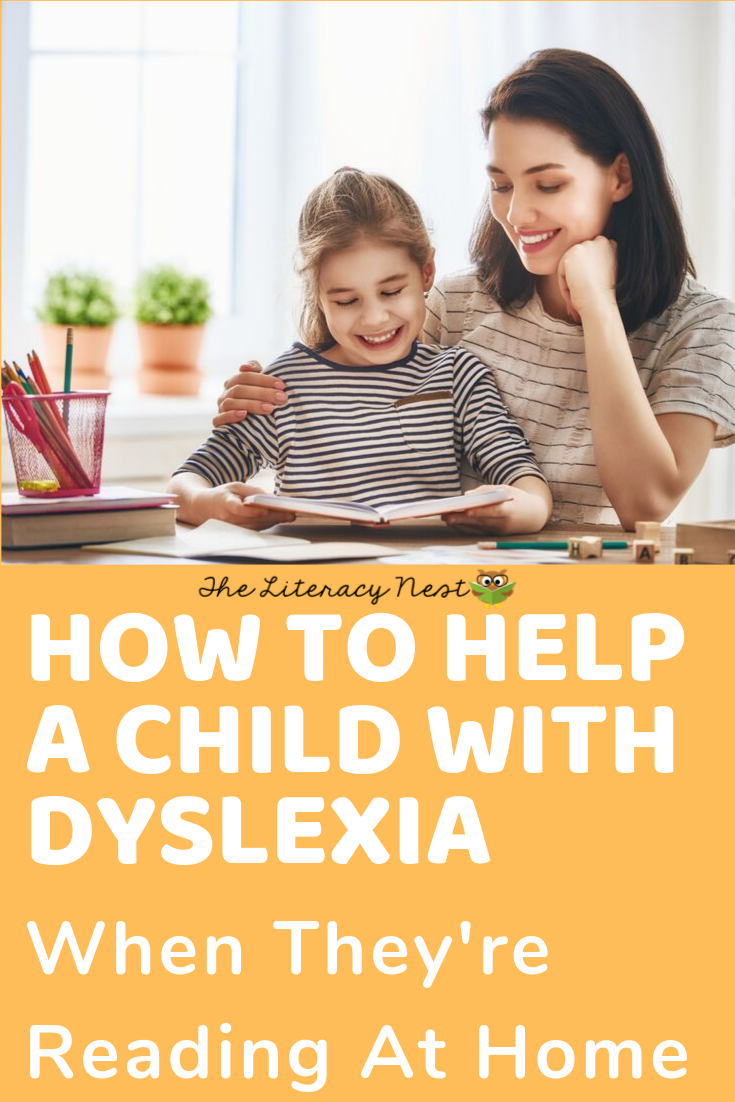
I hope these tools for reading with dyslexia can help you feel more confident about helping your child with dyslexia practice their reading at home.
Keep reading to them and be a calm and reassuring presence when they read, and you will be well on your way to support their reading needs.
I HAVE A FREE PRINTABLE VERSION OF HOW TO HELP A CHILD WITH DYSLEXIA WHEN THEY’RE READING AT HOME FOR YOU TO PASS ALONG TO YOUR FAMILIES. I HOPE IT HELPS!


Save up to 25% off in my TPT store on December 1-2, 2019! A couple of new resources are listed below for you to check out.
Note: The two newer growing bundles are already deeply discounted (one is 50% off), so I will not be including them in the sale.
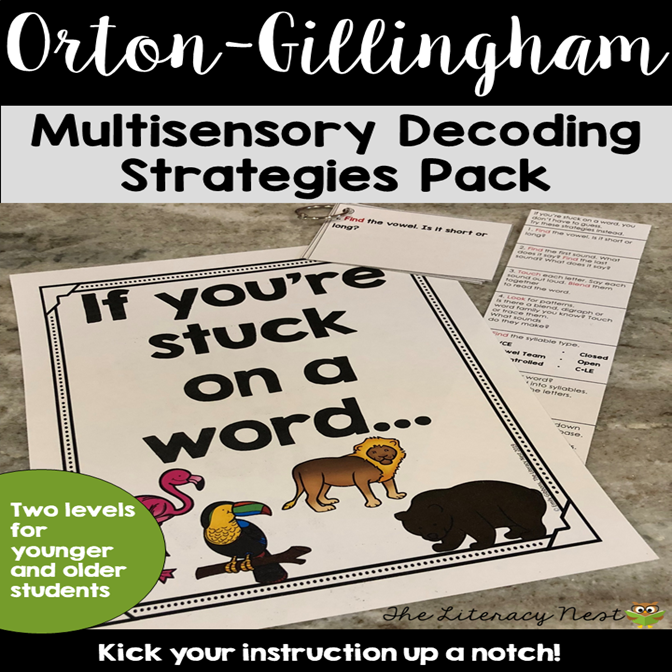
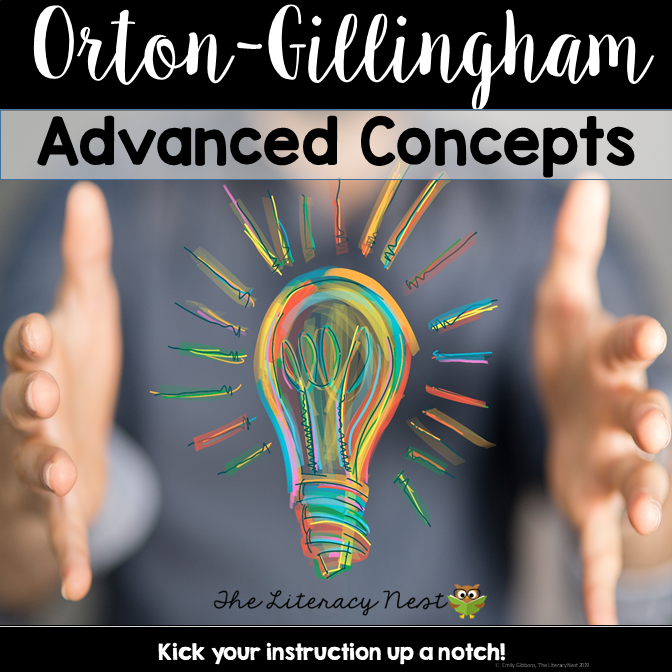
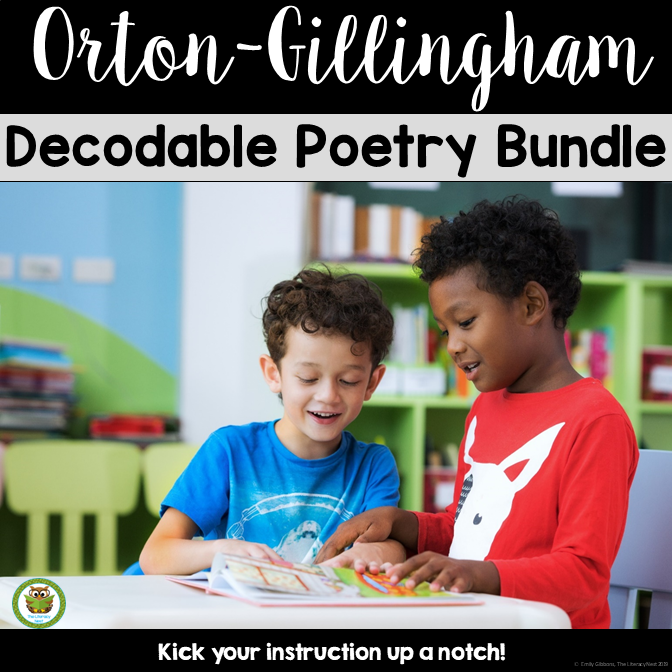
Enjoy the sale!
Have you signed up for my weekly emails? I send one out every Tuesday morning. You’ll hear about the latest news with The Literacy Nest, gather tips and learn or any upcoming resources and sales. Use the pop-up on this screen or on the right sidebar. When you sign up, be sure to check your inbox. You’ll get an email where you will need to confirm your subscription. It’s totally free!
Thanks for stopping by today!


